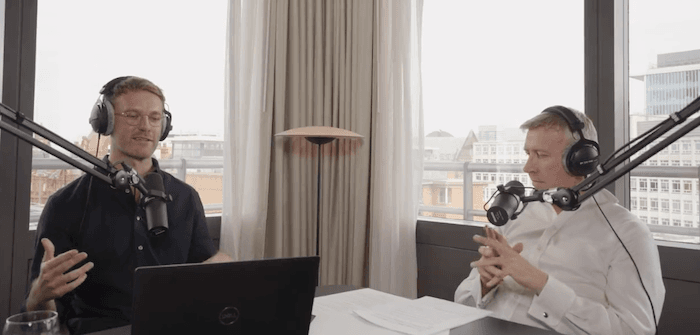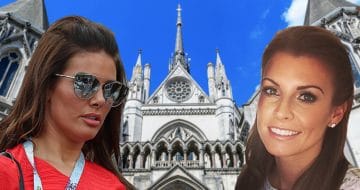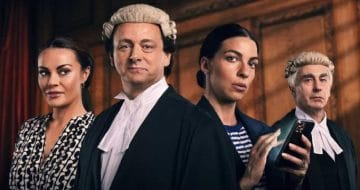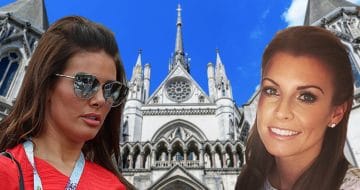Lawyers spill the tea on that libel trial

The lawyers who helped Colleen Rooney secure victory in her epic libel battle against Rebekah Vardy have taken the somewhat unusual step of releasing a podcast covering the high-profile case.
The North West outfit Brabners has published the first two episodes of their podcast Rooney v Vardy: The Breakdown in which partner and head of litigation Paul Lunt and senior associate Jamie Hurworth share their experience working for Rooney on the ‘Wagatha Christie’ case.
The libel dispute between the WAGs emerged after Rooney, wife of former England footballer Wayne Rooney, posted a tweet in October 2019 claiming that Vardy’s Instagram account was responsible for leaking stories about her to The Sun newspaper.
Rooney called on Brabners in May 2020 after she had parted ways with her old legal team when talks with Vardy ended in a deadlock. Rooney later went on to win the case with High Court judge Mrs Justice Steyn finding that Rooney’s accusations were “substantially true”.
Lunt recalls how Rooney attended a meeting back in the summer of 2020 in Manchester and unexpectedly brought coffees and bacon butties for everyone along with all the paperwork she had printed herself and meticulously organised and labelled.
“No-one had asked her or expected to bring [the coffee and bacon butties], but that’s Colleen for you,” remarks Lunt. He praised Rooney for her skill in organising the “large swathe of paperwork”, noting that the WAG had operated “like a librarian”.
Lunt and Hurworth also describe the challenges of feeling “nine months behind” their opponents and the backlash of from certain sections of the press who suggested Rooney’s case was collapsing after she switched lawyers.
The first episode sees the Brabners duo reminisce over how they developed the ‘master chronology’ in a huge investigative effort to work out where the leak had come from. According to Hurworth, this involved carefully “trawling through essentially The Sun articles” and other publicly available information in order to figure out how the network of journalists interacted.


